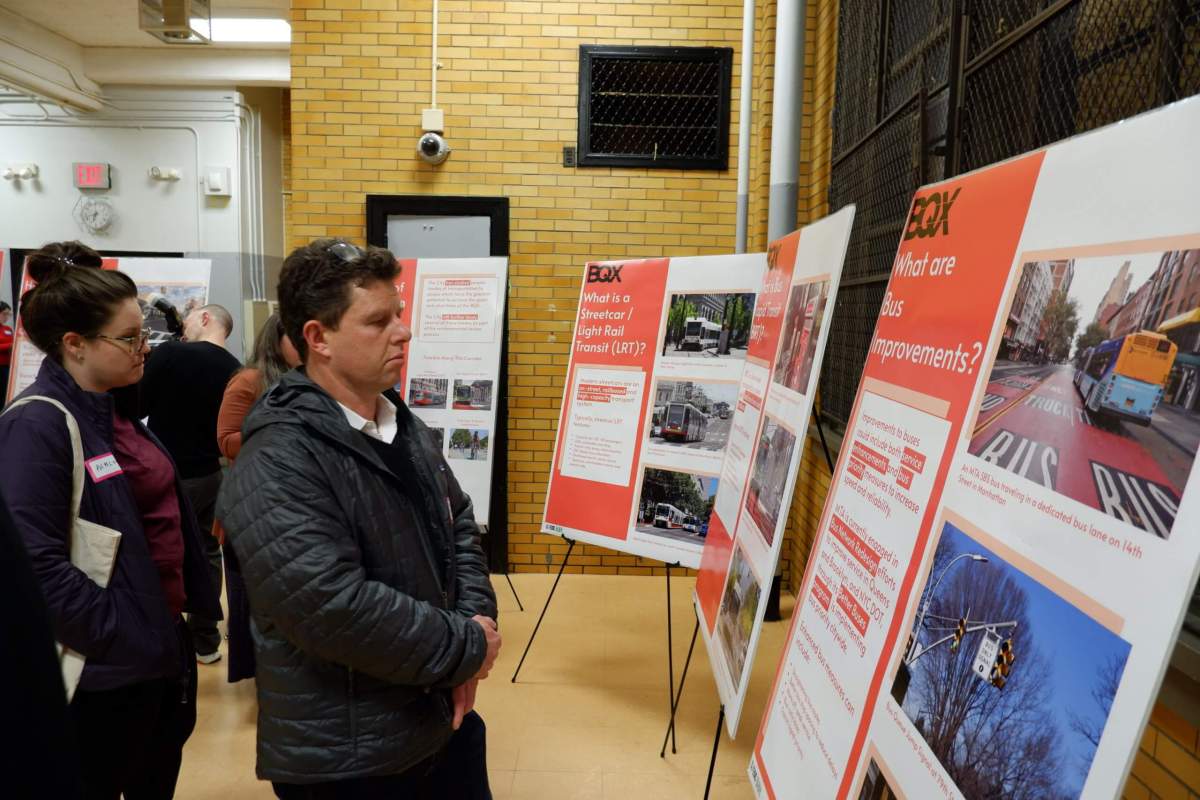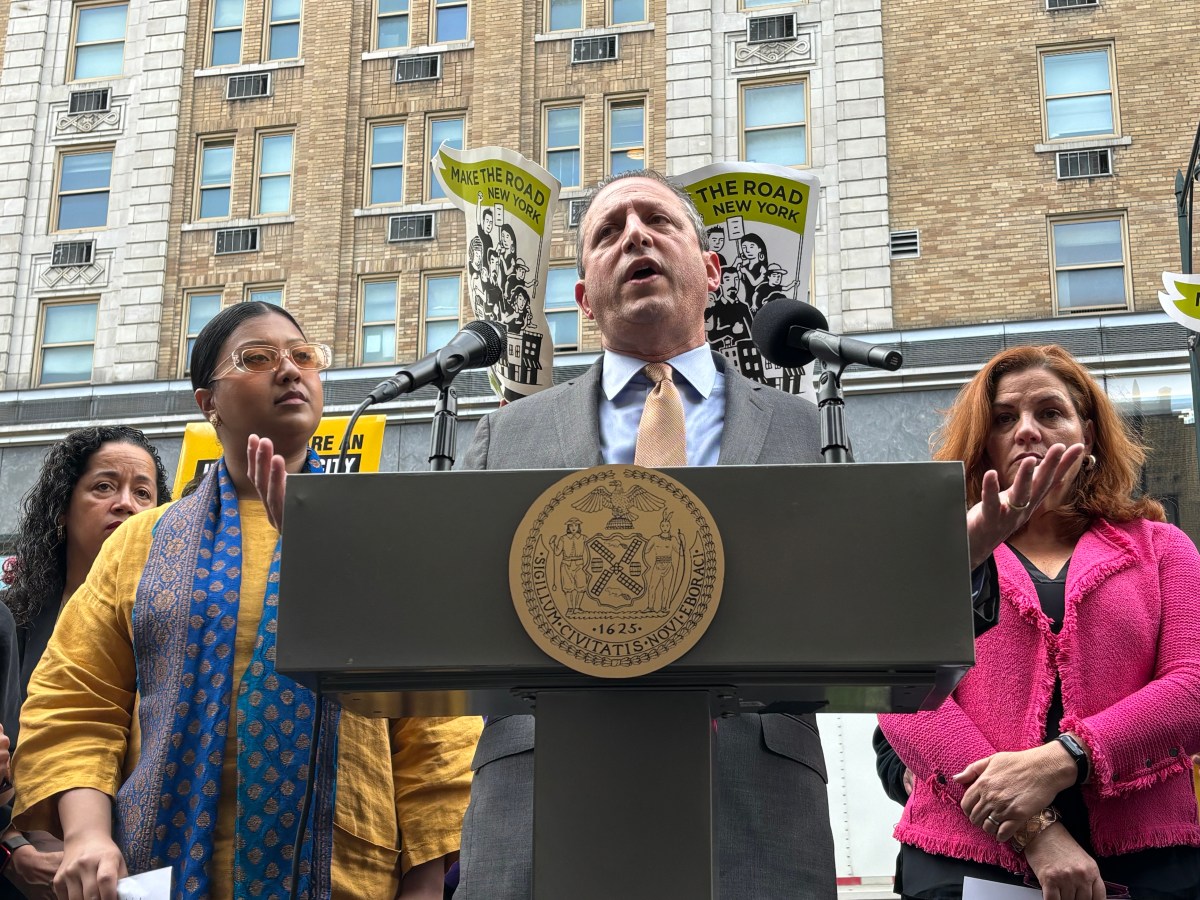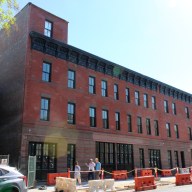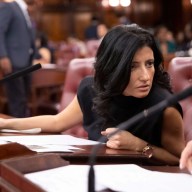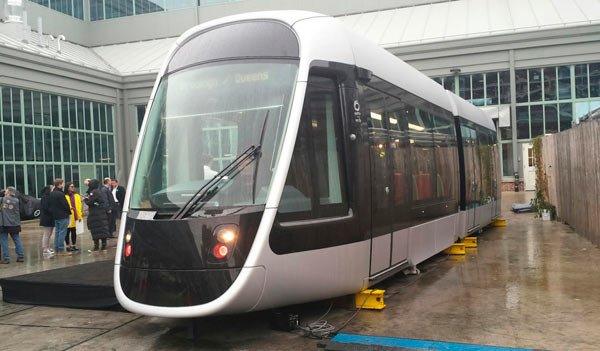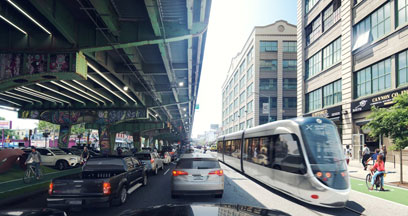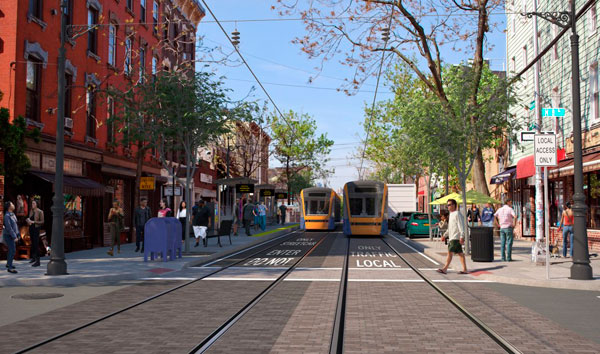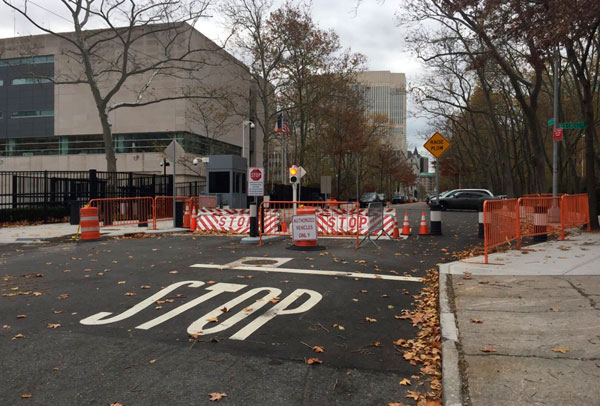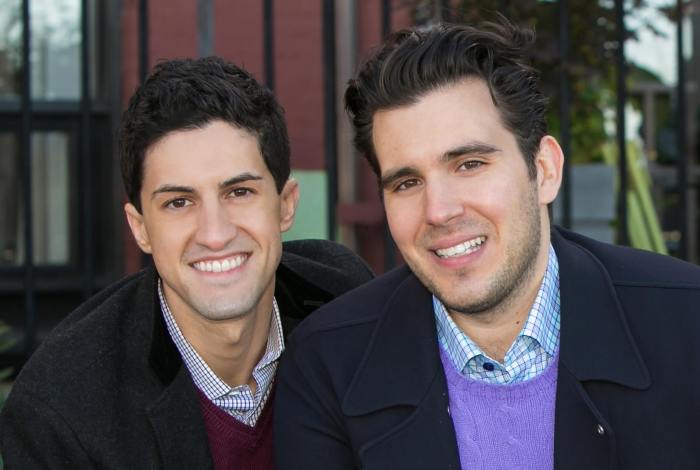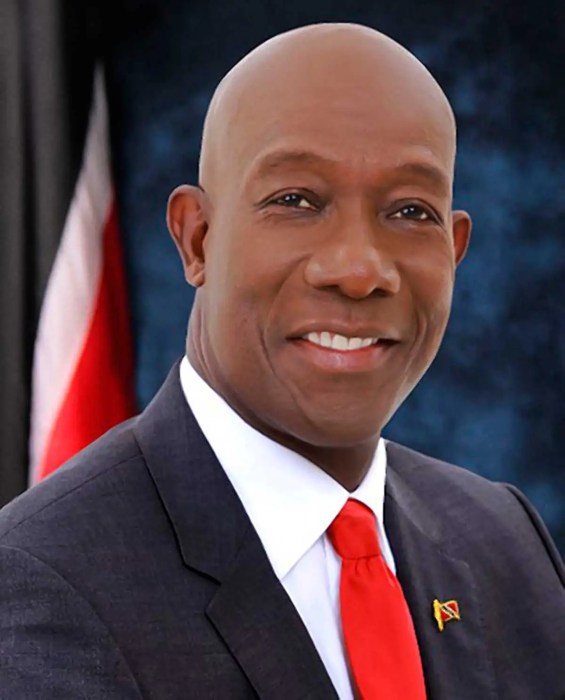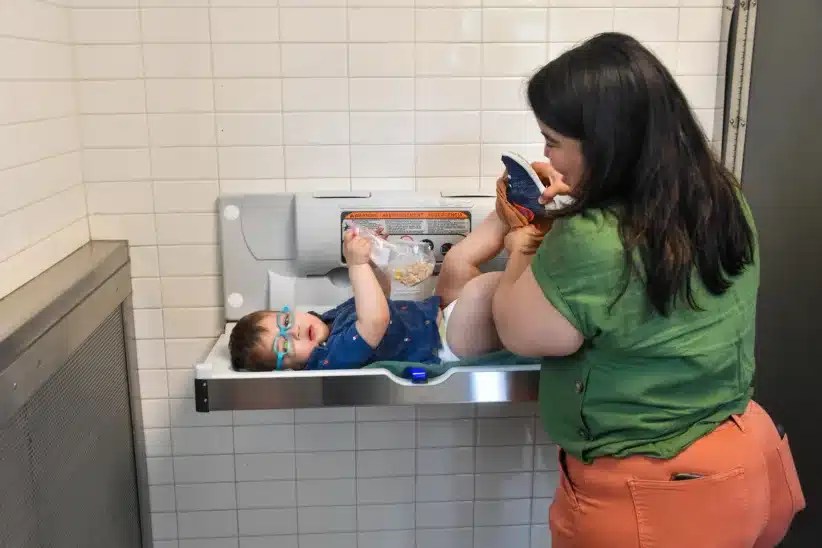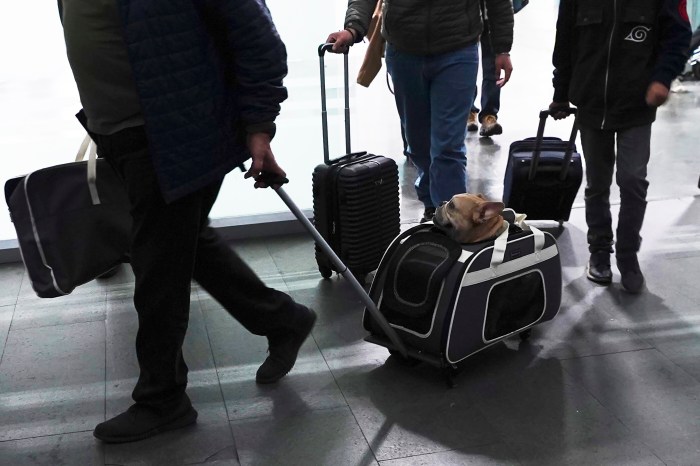The city should not waste $2.73 billion on Mayor Bill de Blasio’s recently-revived Brooklyn-Queens Connector trolley — also known as the BQX— and instead spend the city’s resources to improve the buses of transit-starved Red Hook, residents said at a local outreach meeting on Feb. 13.
“I think it’s a fiasco, a monumental potential waste of money when in fact there are far more efficient modes of transportation,” said John McGettrick, a co-chair of the Red Hook Civic Association. “We currently have inadequate bus service with the B61, putting this there would be more of an impediment and make that bus service even worse.”
The city’s Department of Transportation and Economic Development Corporations — the agencies partnering on the project — held a workshop featuring maps of the proposed trolly route from Red Hook to Queens, along with reps who took questions and feedback from locals, ostensibly to help improve the city’s designs for the controversial transit project.
But one common piece of advice locals offered the city was to abandon the scheme in favor of a more cost-efficient transit system, although advocates are skeptical that officials will heed their suggestions.
“At all of these meetings we’ve said, ‘We don’t want this and why are you doing this,’ and they just said, ‘Oh we’re doing this we’re moving forward, help us make it better,’”said Alyce Erdekian, who’s attended numerous meetings regarding the BQX since it was announced in 2016.
Civic gurus offered similar critiques at a Community Board 2 meeting held in Downtown Brooklyn last month, where locals pleaded with officials to build some form of Bus Rapid Transit in lieu of the trolly, which EDC’s own head said would cost $800 million less at a Council hearing last summer.
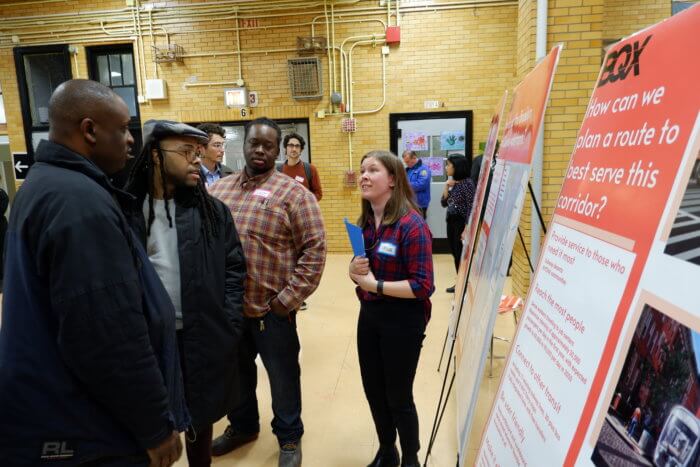
Some Red Hook residents voiced their support for the project, saying it’s a long walk to the nearest subway station at Smith and Ninth streets, which is only accessible via set of long stairs.
“You have to walk all those stairs, most of the time the escalator’s broke. How does that help seniors? With the BQX, the seniors can step right on,” said Frances Brown, head of the tenants association for Red Hook East, a NYCHA housing complex.
Brown is on the board of directors of the BQX’s advocacy group, Friends of the BQX, which also boasts a host of business and real estate bigwigs, such as developer Jed Walentas of Two Trees, who is in the process of erecting skyscraper’s near the proposed route along the Williamsburg waterfront.
Red Hook marks a special case because DOT officials previously studied a streetcar from there to Borough Hall, funded by a $300,000 federal grant secured by local Congresswoman Nydia Velázquez in 2010.
Officials concluded that the shorter trolley wouldn’t make sense because it would be too expensive to build and operate, not draw enough riders, struggle to fit through Red Hook’s narrow streets in certain areas, and because of the city’s complex zoning laws.
DOT’s press office did not respond to a request for comment as to how it plans to overcome the challenges presented by the last Red Hook trolley study.
The city will hold one more Brooklyn workshop in Williamsburg’s Bushwick Inlet Park on March 3, and plans to complete an environmental impact study on the project by fall of 2021, but they don’t expect to start building until 2024 and finish by 2029 — eight years after de Blasio leaves office.


